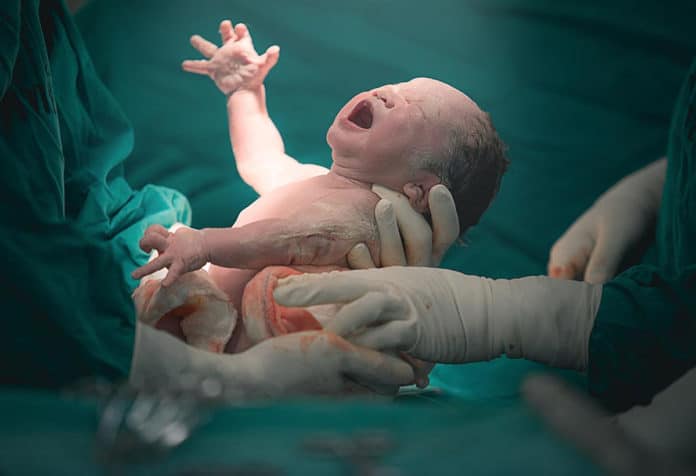The evolution of a child’s skin microbiome is associated with the development of the immune system and skin environment. As only a few studies have analyzed the microbiota in young children, a new study has investigated changes in the skin microbiota of children and compared the microbiota structures between children and their mothers using 16S rRNA gene amplicon sequencing.
In another examination, specialists in China found that bacterial genera in children were increasingly similar to their moms than to those of unrelated ladies. Their data suggest that the mode of delivery at birth could be an essential factor in shaping the child’s microbiome.
Lead investigator Zhe-Xue Quan, Ministry of Education Key Laboratory for Biodiversity Science and Ecological Engineering, Institute of Biodiversity Science, School of Life Sciences, Fudan University, Shanghai, China said, “To date, research into the maternal influence on her child’s skin microbiome has been mostly limited to a narrow postpartum window in children younger than one-year-old and fewer studies have explored the maternal relationship with the child’s microflora after infancy.”
“Therefore, we expanded the scope of our analysis to include sampling from different body sites and direct comparison to the mother of the child to provide novel insights.”
Specialists examined the changes in the skin microbiota and analyzed relationships between the skin microbiome and microenvironment just as between the microbiota composition of children and moms in 158 children between one and ten years of age. The moms of 50 of these youngsters were randomly chosen and enrolled to speak to various child age groups.
Microbiota structures between the youngsters and their moms were compared using 16S rRNA gene amplicon sequencing. Samples were taken from three skin sites: center of the cheek; one-fourth of the length of the forearm from the hand; and the focal point of the calf. Information for 474 samples (three skin locales for every youngster) was pooled into 36 groups as indicated by age, gender, and skin site.
Sample location and age were the primary factors determining a child’s skin bacterial composition, which differed significantly among the three sites. However, there was a negative correlation between the abundances of Streptococcus and Granulicatella and age.
The overall abundances of most bacterial genera in children were increasingly similar to their moms than those of unrelated women. The facial bacterial piece of 10-year-old children was strongly connected with whether they were conceived by Caesarian section or vaginal delivery.
Professor Quan said, “By analyzing the microbial community structure at three very different skin sites of children, we demonstrated that the surrounding microenvironment strongly impacts the skin microbiome and that the alpha diversity of the skin microbiome increases during childhood.”
“Our results suggest that the bacterial population on a child’s skin is to a large extent similar to that of their mothers and is affected in the long term by the way they were delivered at birth. One possible explanation is that the developing skin microbiome interacts with the immune system, which may be educated by exposure to microbes during a critical window early in life. It means that microbial colonization runs in parallel with immune system development.”
The data indicated that age and site were significantly associated with the microbial composition and that maternal factors determine the child’s microbiome. However, further research is needed to characterize the effects of maturation of the infant microbiome on health in adulthood.
The study is reported in the Journal of Investigative Dermatology.
